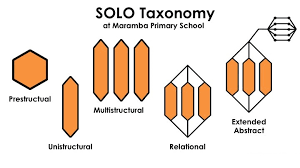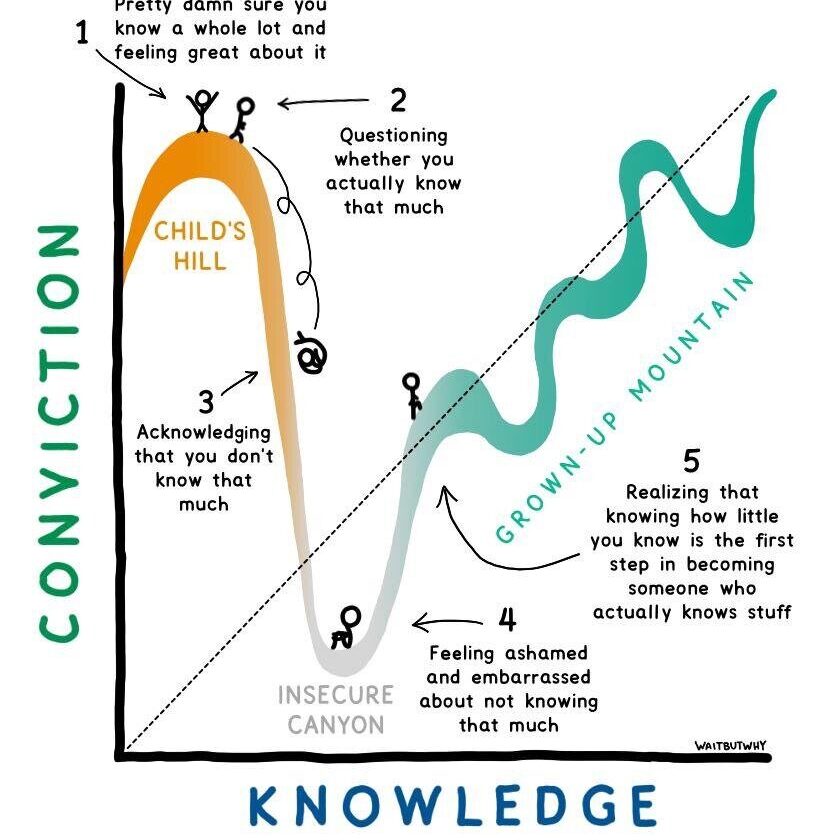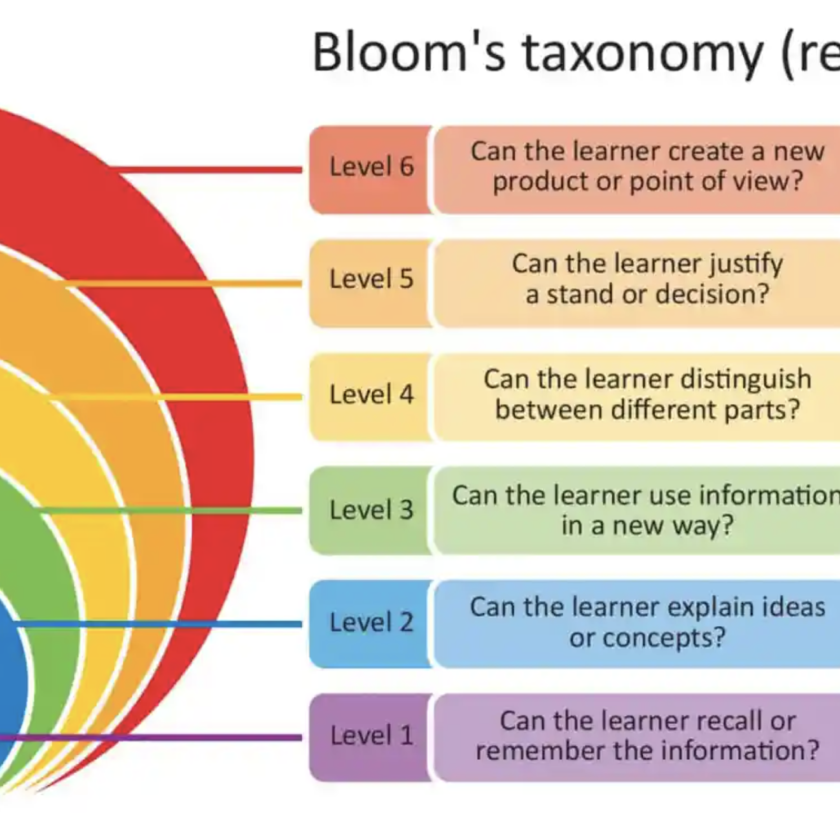Contents
- What is the SOLO taxonomy?
- SOLO Taxonomy for enhancing student learning
- What are the SOLO Levels?
- Resources
What is the SOLO taxonomy?
SOLO (Structure of Observed Learning Outcomes) offers a structured outline for the learners to use to build their learning and thinking. It motivates students to ponder where they are presently in terms of their level of understanding, and what they must do to progress.
The SOLO taxonomy is a model of learning that describes the different levels of understanding that students can achieve in a given topic or task. SOLO stands for Structure of Observed Learning Outcomes, and it was developed by John Biggs and Kevin Collis in 1982.
The SOLO taxonomy can be used by teachers and students to assess and improve their learning. Teachers can use it to design learning activities and assessment tasks that match the level of understanding that each student has achieved, and that help them progress towards more sophisticated levels of knowledge. Students can use it to self-evaluate their own learning and identify their strengths and weaknesses, as well as the steps they need to take to move to the next level. The SOLO taxonomy can also help teachers and students communicate more effectively about their learning goals and outcomes
SOLO Taxonomy for enhancing student learning
Solo Taxonomy is a systematic way that describes how learners’ understanding build from easy to difficult while learning different tasks or subjects. The Solo Taxonomy can be used to enhance the quality of learning within the classroom teaching and provide a systematic way of developing deep understanding (Damopolii, 2020). Student learning can be guided in ways that promote deep learning.

An example of Solo taxonomy
- Prestructural: The student has no or very little understanding of the topic or task. They may be confused, miss the point, or use irrelevant information.
- Unistructural: The student has a basic understanding of one aspect of the topic or task. They can identify, name, or recall a single piece of information, but they cannot explain or apply it.
- Multistructural: The student has a partial understanding of several aspects of the topic or task. They can list, describe, or combine multiple pieces of information, but they cannot relate them to each other or to the whole.
- Relational: The student has a full understanding of the topic or task as a whole. They can analyze, compare, contrast, explain, or evaluate the relationships between different pieces of information, and apply them to new situations.
- Extended abstract: The student has an advanced understanding of the topic or task that goes beyond the given context. They can generalize, theorize, hypothesize, or create new ideas based on their previous knowledge.
What are the SOLO Levels?
The Structure of Observed Learning Outcome, presents a compelling way to structure the complexity and quality of students’ thinking into distinct levels. It’s a versatile tool that allows educators to gauge attainment levels and foster quality learning. This taxonomy consists of five levels, each representing a different depth of knowledge and ability level.
restructural Level: Here, students exhibit a lack of understanding, often missing the point entirely. The level of thinking is minimal, with a focus more on lower-order verbs such as identify, memorize, and recall. It’s the first stepping stone, a difficulty level that needs overcoming before progressing.
Unistructural Level: At this stage, students can identify singular aspects of knowledge, and their understanding is limited to isolated disciplinary knowledge. For instance, a student might identify that water boils at 100 degrees Celsius but may not understand why this happens.
Multistructural Level: The quantity of knowledge increases at this level. Students begin to gather multiple pieces of information, but they struggle to relate them coherently. For example, a student in this stage might know the boiling point of water and that heat energy is involved, yet fail to link these facts.
Relational Level: This is where the magic of student-led learning starts to manifest. Students begin to connect the multistructural elements into a coherent whole. Their level of thinking becomes more complex, and they start to understand the relationships between facts. For instance, a student at this level would understand that water boils at 100 degrees Celsius due to the increased kinetic energy of water molecules.
Extended Abstract Level: The zenith of the SOLO taxonomy. Here, students not only connect facts but extrapolate and hypothesize beyond the given context. The attainment level is high, and students exhibit the ability to apply their coherent knowledge to new, abstract scenarios. For example, a student at this stage might predict the behavior of other fluids based on their understanding of water’s boiling point.

Resource
https://www.structural-learning.com/post/what-is-solo-taxonomy




